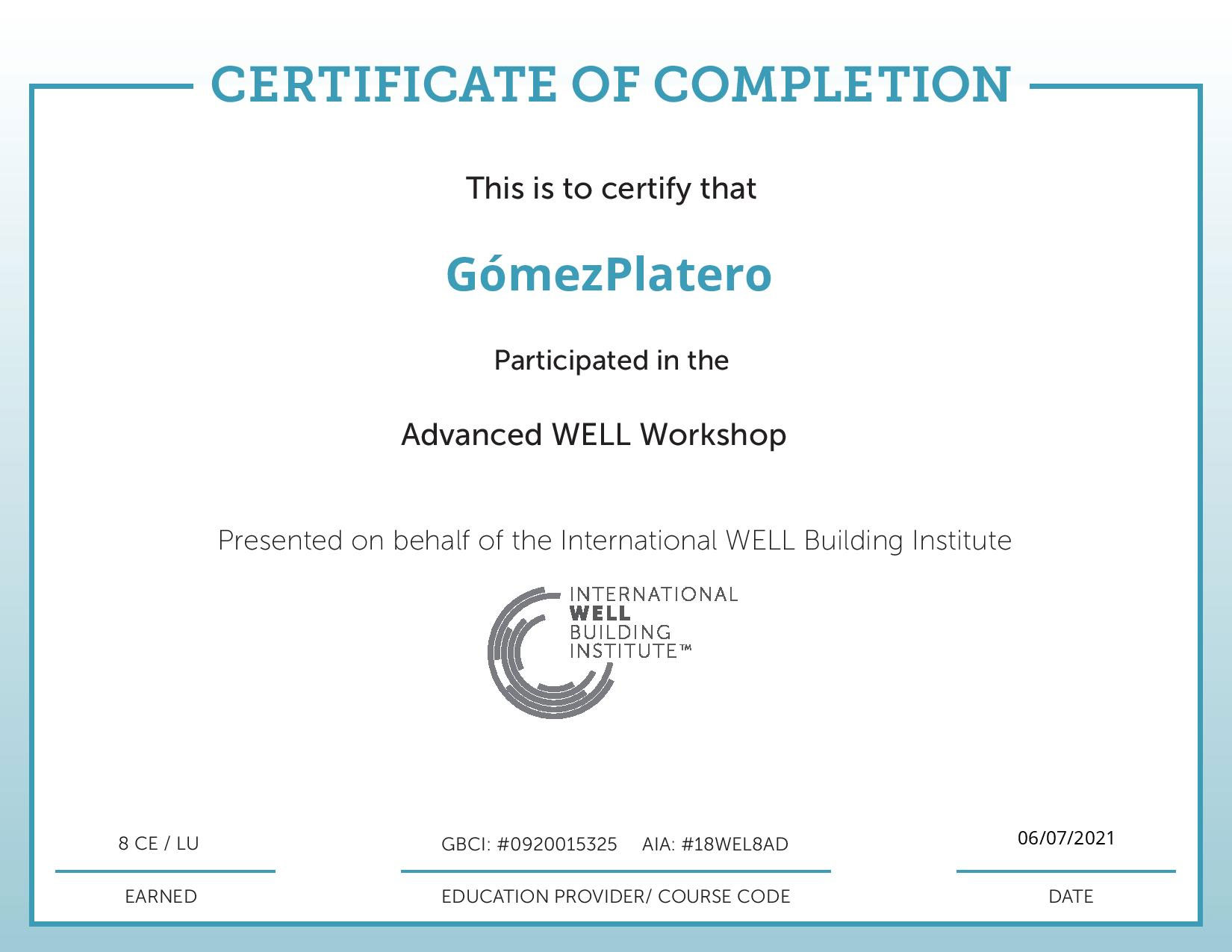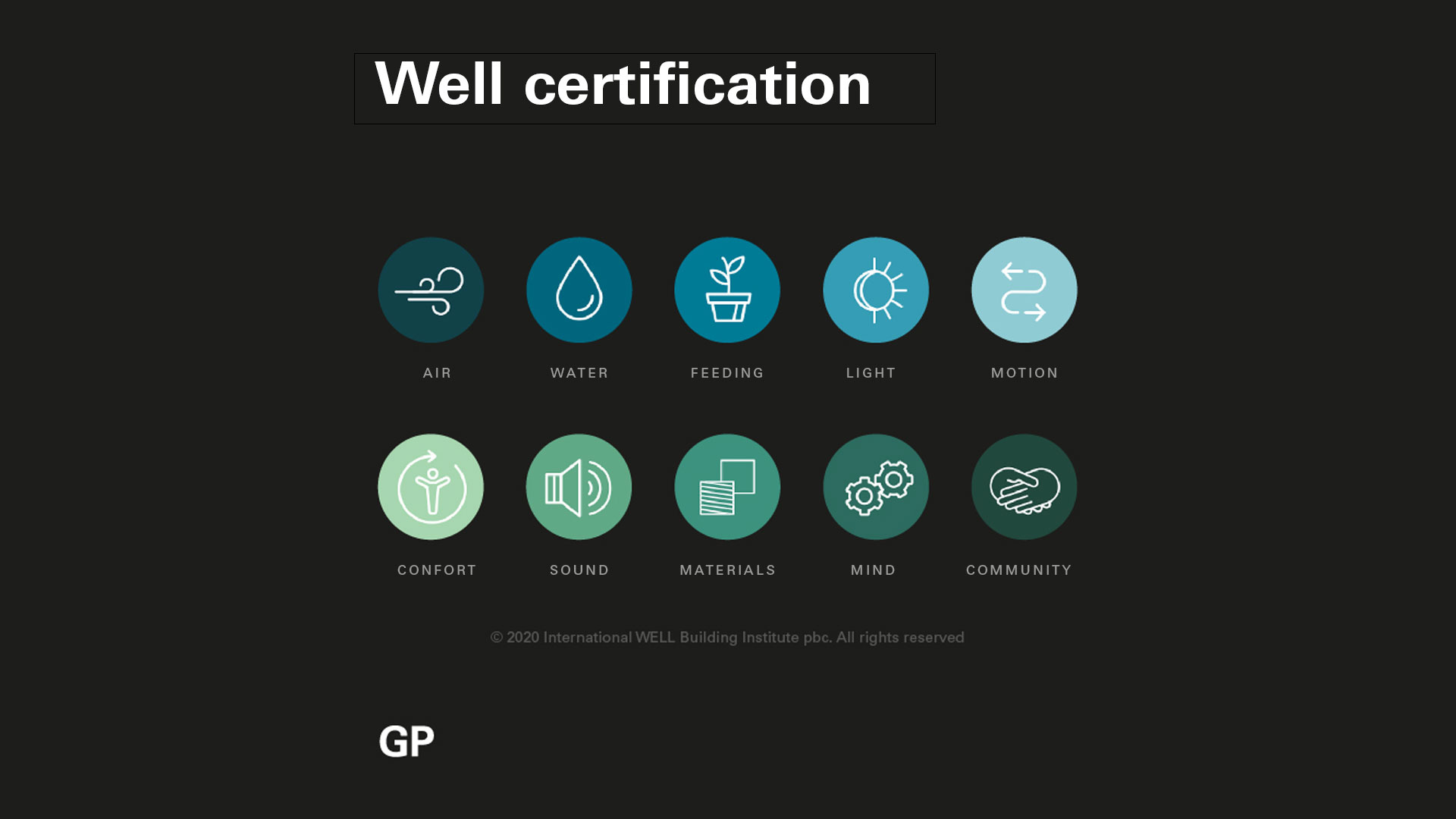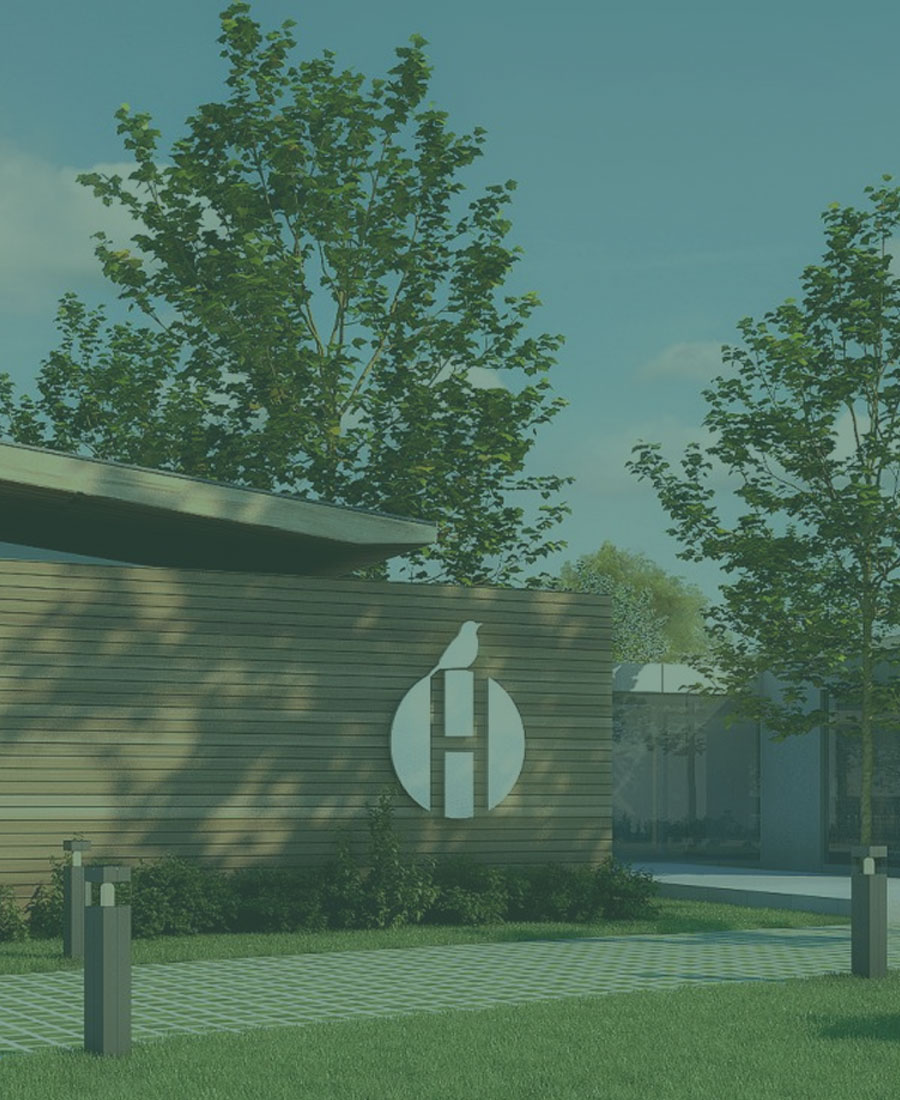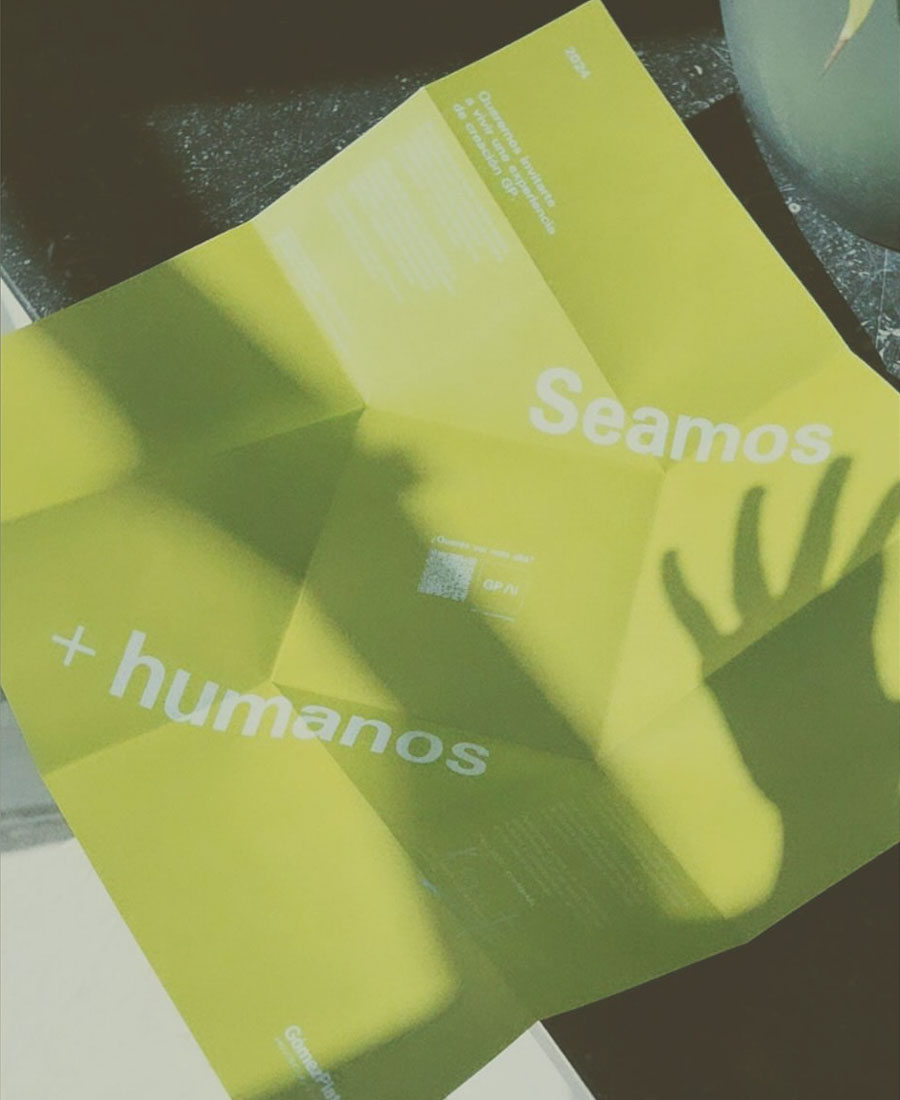¿Qué es la certificación WELL?

Reading time: 8 minutes
In an era where the impact of indoor spaces on health, well-being, and productivity is more understood than ever before, we find ourselves spending approximately 90% of our time indoors. Today, we have the opportunity to construct environments that enhance health rather than detract from it. Moreover, we possess tools that enable us to measure and improve elements such as air and water quality, lighting, and more.
The WELL Building Standard stands out as one of these pivotal tools, empowering buildings and organizations to create spaces designed to boost the health and well-being of individuals. Since its inception in 2014, enhancing human health and wellness has been the cornerstone of WELL's mission. Developed by the International WELL Building Institute (IWBI), this classification system is recognized for being accessible, adaptable, and equitable, grounded in the latest scientific research and best practices from the industry. This voluntary certification aligns with the United Nations Sustainable Development Goals and requires performance measurement by an external evaluator, followed by recertification every three years to ensure ongoing compliance.
Building upon the foundational version, WELL version 2 draws from the broad experiences of WELL users, health professionals, and scientists globally to create a suite of strategies that lead to protocols and operational policies aimed at fostering a culture of health and well-being. Each aspect of the certification adheres to best practices for standard development based on four principles: it is evidence-based, verifiable through documentation or performance testing, practical to implement, and has benefited from the external input of subject matter experts, professionals, and users.
An IWBI task force of approximately 600 leaders and experts from 30 countries adapted the standard in response to the COVID-19 pandemic. This adaptation involved an open, collective collaboration that gathered hundreds of comments over a 40-day period, evaluating how WELL v2 could be enhanced to better support prevention, preparedness, resilience, and recovery efforts.
WELL v2 adopts a holistic approach, focusing not only on design and construction-related conditions but also on management practices at both user and facility manager levels. It includes 112 features organized into 10 concepts: Air, Water, Nourishment, Light, Movement, Thermal Comfort, Sound, Materials, Mind, and Community. While some features are mandatory and do not contribute points, others are optional and do offer points. Depending on the total points earned, various levels of certification can be achieved, ranging from Bronze to Silver, Gold, and Platinum.

Examples of the 10 principles of WELL v2 measures include:
- Prioritizing natural light for both its quality and the views it offers.
- Ensuring high-quality artificial lighting.
- Integrating nature into the design.
- Encouraging healthy eating by making the healthiest choice the easiest one.
- Maintaining high air quality.
- Implementing corporate wellness policies.
WELL v2 and WELL v2 Core are two modalities offered.
WELL v2 is designed for buildings considering both construction and management, whereas WELL v2 Core is suited for scenarios where management is not a factor, such as a residential building sold to third parties and then managed by its owners.
WELL collaborates with various sustainability certifications to enhance the impact of buildings on both people and the environment. It's common to see projects certified under both BREEAM and WELL, or LEED and WELL, as they address complementary aspects of environmental impact and human health.
Sources: WELL v2 Certification website and a presentation on WELL by Bieito Silva Potí, Architect and MBA expert in health and sustainability, at the GP event "Well-being and technology: new trends in architecture for health."


